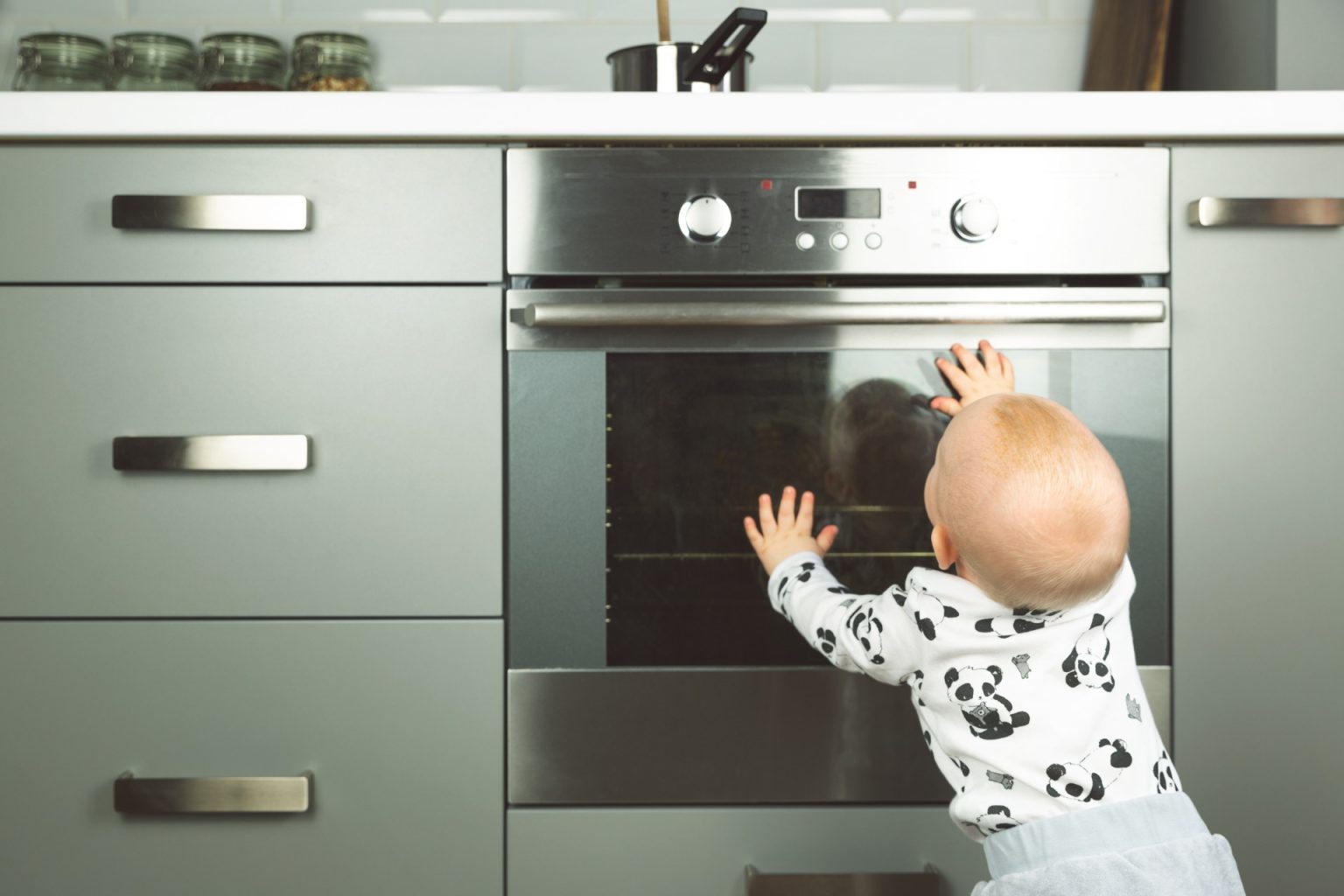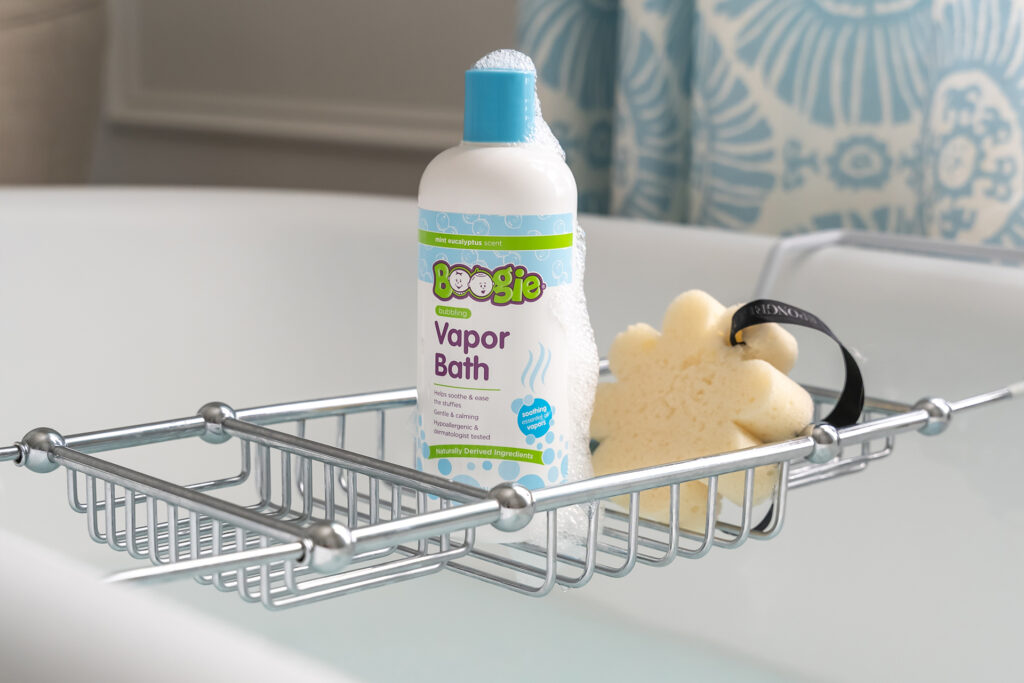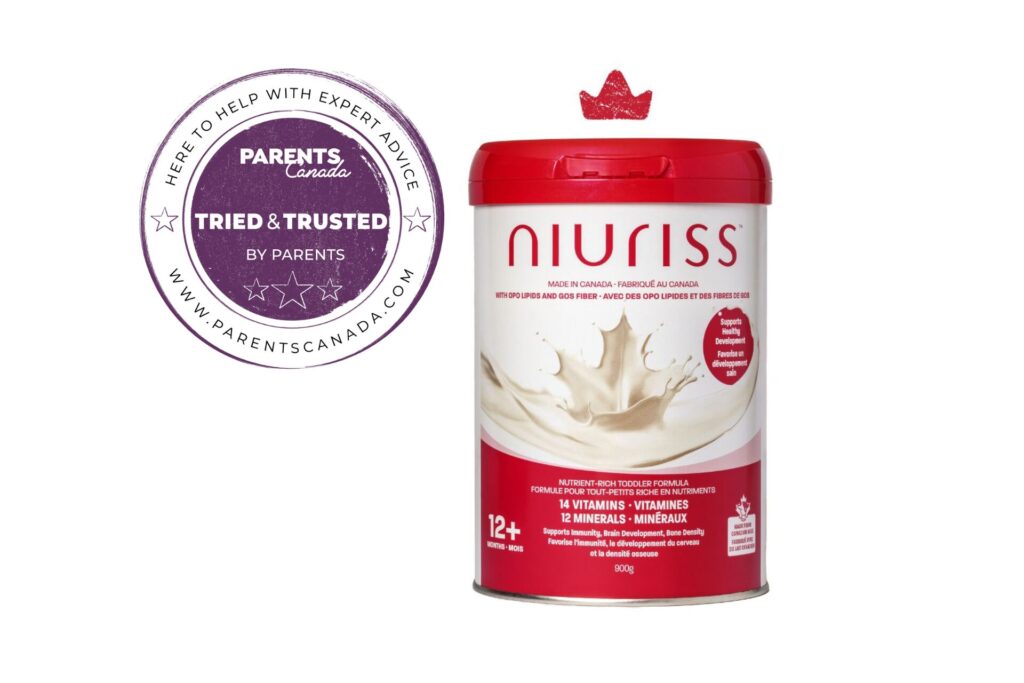While it's not possible to make your home completely baby-proof, there are lots of things you can do to make it as safe as possible. Most children’s hospital visits are because of falls, poisoning, scalding, choking, suffocation and burns. To prepare for the new explorer in your family, use the following tips.
Kitchen and bathroom
Most burns happen in the kitchen. Always place hot food and liquids away from the edges of counters or tables, beyond your baby’s reach. Use non-slip placemats and tablecloths on the kitchen table — your baby might pull on a tablecloth. Hot tap water can badly burn or scald your baby. Scars from scalds last forever (so do scars from fire). Turn down the temperature of your hot water tank. If you live in an apartment or condominium and share hot water, attach an anti-scald valve to your tap. This valve shuts off water flow if it reaches 49˚Celsius (120˚ Fahrenheit). This is the safest temperature at which your hot water should be set. Children between 12 months and three years want to taste, touch and chew everything. More than half of all poisonings happen to children under age five, usually while products are being used. Kitchens and bathrooms are common sites for poisonings. Lock medications, vitamins, cleaners, detergents and other poisonous products in high cabinets. If you have to answer the phone or door, take the items with you.
Living room
Falls are the biggest cause of hospital visits for children. Babies and toddlers are most likely to fall and bump their heads on sharp corners, knock over furniture, or fall on the floor. Secure heavy or unstable pieces of furniture to walls to prevent tipping. Pad the edges and corners of coffee tables, fireplace hearths and other sharp surfaces, or remove your coffee table until your toddler can walk. Buy your child a good pair of rubber-soled slippers. The slippers will help prevent slipping on hardwood and tile floors and carpeted stairs.
Child’s Bedroom
A child can fit through an opening as small as 12 cm (five inches). A common mistake people make is installing screens to prevent falls from open windows. A screen is not enough to support weight of a small child leaning against it. Always lock windows so that they cannot open more than 10 cm (four inches) wide. Keep dangling items, like window blind cords, out of reach. Cut or untie loops in the cords to prevent strangulation. Place your baby’s crib, toddler bed and other furniture away from the window to discourage climbing.
Plants
Plants are the second most common cause of poisoning in young children. Certain plants (such as English Ivy or Philodendron) are very poisonous. Talk to your local poison control centre to find out whether any of your house plants are poisonous.
Stairs
A stairway gate is designed to stop a child from falling down the stairs. It is anchored to studs in the wall. Screws on both sides prevent your small child from pushing it loose. Pressure gates are secured in a doorway or room opening by a pressure mechanism rather than by screws. These are fine for rooms on one level, but never use them at the tops of stairs. They can be pushed over or come loose if your baby tries to climb it.
Don't use accordion style or plastic mesh safety gates with large holes, which can be used as footholds for climbing. Gate heights vary by as much as 12 cm (five inches). The taller the gate, the harder it is to climb. Look for a gate at least 71 cm (28 inches) high. Don't use the gate after your child is two years of age or if his chin reaches the top of the gate.
Anne Williams manages Safety Station, a program created by Safe Start, the injury prevention program of British Columbia Children’s Hospital (www.cw.bc.ca), created to help make homes safer for babies, toddlers and pre-schoolers. It is Canada’s first hospital-based resource centre and safety shop.
Originally published in 2008.










